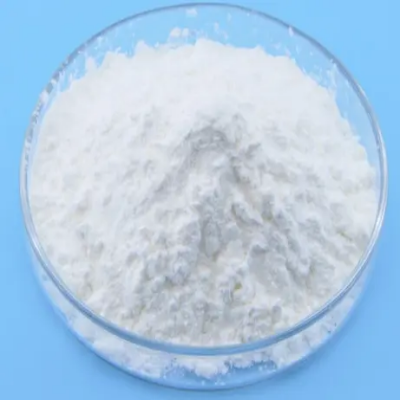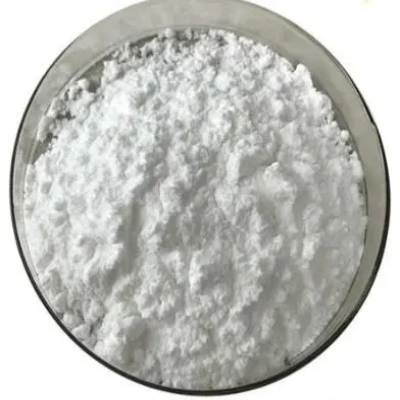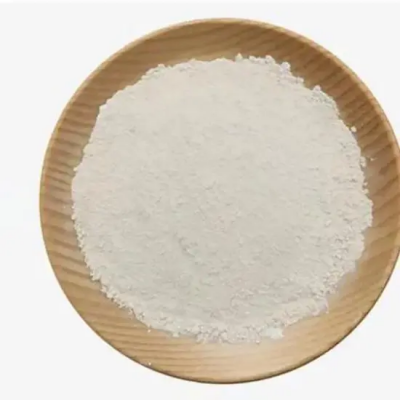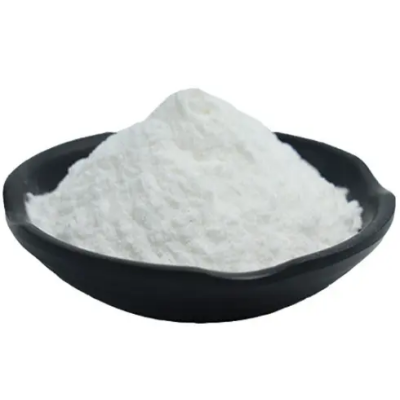5-CHLOROTHIOPHENE-2-CARBONYL CHLORIDE CAS:42518-98-9
The chemical structure of 5-chlorothiophene-2-carbonyl chloride features a heterocyclic thiophene ring, which is a five-membered ring containing four carbon atoms and one sulfur atom. The chlorine atom at the 5-position enhances its electrophilicity, making it a reactive intermediate in various organic reactions. The carbonyl chloride group (COCl) at the 2-position further contributes to its reactivity, participating in acylation reactions and serving as a precursor for functionalized thiophene derivatives. Synthesis and Applications 5-Chlorothiophene-2-carbonyl chloride is typically synthesized through chlorination of 5-chlorothiophene-2-carboxylic acid or its derivatives. This synthetic route allows for control over regioselectivity and purity, crucial for subsequent reactions. Once synthesized, the compound finds applications in pharmaceutical chemistry, particularly in the synthesis of biologically active molecules and pharmaceutical intermediates. Pharmaceutical Relevance In medicinal chemistry, derivatives of 5-chlorothiophene-2-carbonyl chloride have shown promise as key building blocks in the development of drugs targeting various therapeutic areas. The chlorothiophene scaffold is known for its bioactivity and ability to modulate biological pathways, making it valuable in the synthesis of antiviral, antibacterial, and anti-inflammatory agents. Material Science Applications Beyond pharmaceuticals, 5-chlorothiophene-2-carbonyl chloride derivatives are utilized in material science for their role in the synthesis of functional materials. These derivatives can be polymerized to form conductive polymers or incorporated into molecular assemblies with specific electronic properties, essential in the development of organic electronics and optoelectronic devices. Conclusion In conclusion, 5-chlorothiophene-2-carbonyl chloride stands out as a versatile intermediate in organic synthesis, offering unique chemical reactivity and structural characteristics beneficial for pharmaceutical and material science applications. Its ability to undergo diverse transformations makes it a valuable tool for researchers aiming to explore new avenues in drug discovery and advanced materials development. As research progresses, further exploration of its synthetic potential and applications is expected to broaden its impact across various scientific disciplines.



| Composition | C5H2Cl2OS |
| Assay | 99% |
| Appearance | white powder |
| CAS No. | 42518-98-9 |
| Packing | Small and bulk |
| Shelf Life | 2 years |
| Storage | Store in cool and dry area |
| Certification | ISO. |





![3,3′,5,5′-Tetramethyl-[1,1'-biphenyl]-4,4′-diamine CAS:54827-17-7](https://cdn.globalso.com/xindaobiotech/图片3100.png)



![N-[3-amino-4-(methylamino)benzoyl]-N-2-pyridinyl-β-Alanine, ethyl ester CAS:212322-56-0](https://cdn.globalso.com/xindaobiotech/1K37N24IWHVCSAAU383384.png)